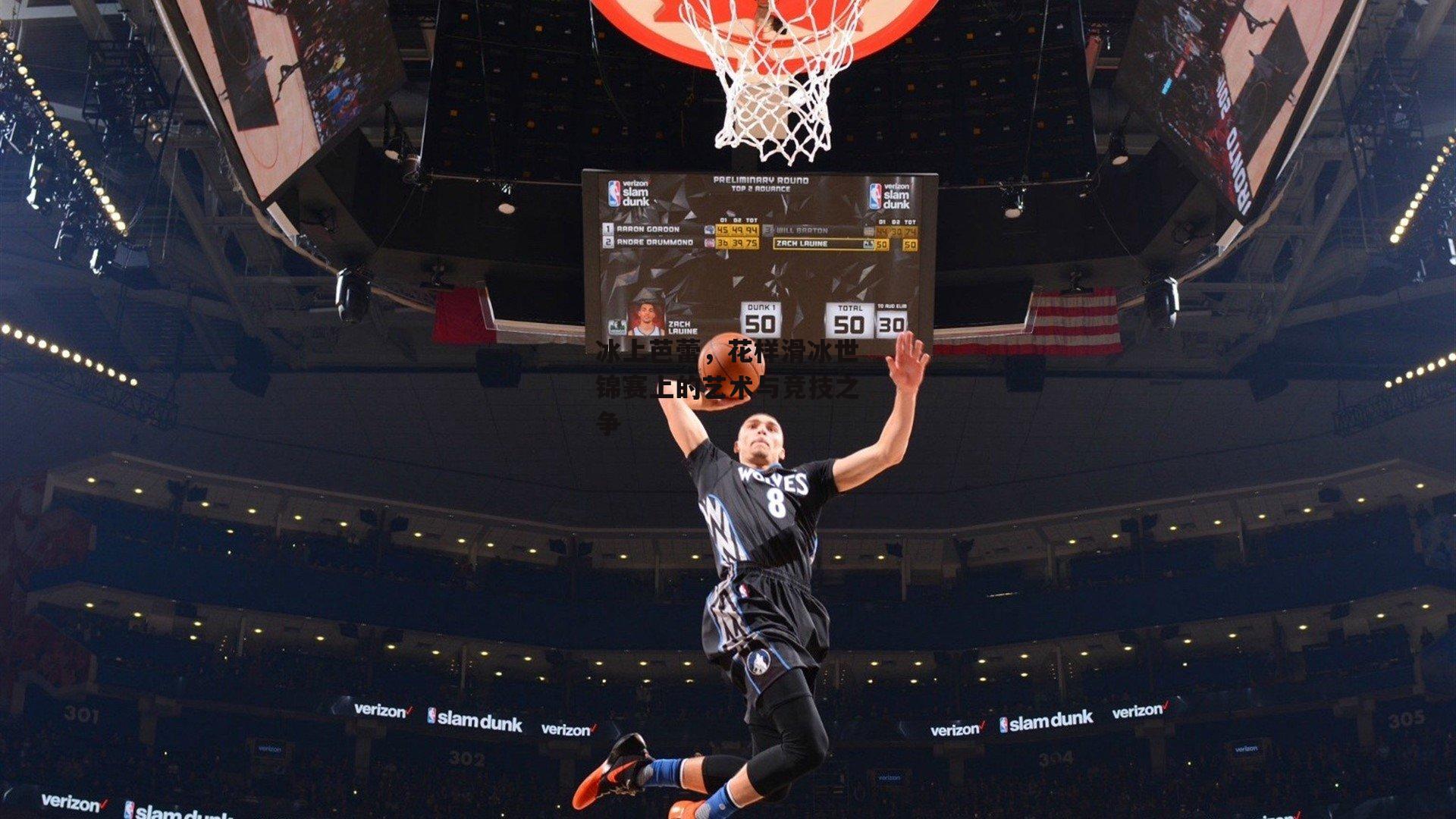
日期:2025-10-02 11:42
在璀璨的冰面灯光下,运动员们如翩翩起舞的蝴蝶,以优雅的姿态和惊人的技巧征服观众,花样滑冰,这项结合了体育竞技与艺术表现的独特运动,再次在全球舞台上掀起热潮B体育平台,在加拿大蒙特利尔举行的世界花样滑冰锦标赛上,来自世界各地的顶尖选手齐聚一堂,展开了一场精彩绝伦的角逐,这不仅是一场技术的较量,更是艺术表达与创新精神的盛宴,吸引了全球数百万观众的目光。
本届世锦赛的背景尤为特殊,随着2026年米兰-科尔蒂纳丹佩佐冬奥会的临近,各国选手都将此视为关键的热身赛,旨在测试新节目、调整状态,并为奥运资格积累积分,蒙特利尔的贝尔中心体育馆座无虚席,冰迷们挥舞着国旗,为心爱的选手呐喊助威,赛事共分为男子单人滑、女子单人滑、双人滑和冰舞四个项目,每个项目都充满了戏剧性和惊喜。
让我们聚焦男子单人滑项目,美国选手伊利亚·马林宁(Ilia Malinin)以其招牌的“四周 Axel 跳”惊艳全场,成为历史上首位在正式比赛中完成这一高难度动作的运动员,他的自由滑节目《波西米亚狂想曲》融合了摇滚乐与古典元素,展现了惊人的爆发力和控制力,马林宁在赛后采访中表示:“这不仅仅是为了赢,更是为了推动这项运动的边界,我希望通过创新动作,激励下一代滑冰者。”他的胜利并非一帆风顺——日本选手键山优真(Yuma Kagiyama)以近乎完美的表现紧追不舍,最终以微弱差距屈居亚军,键山的节目以日本传统故事为灵感,艺术表现力十足,赢得了裁判们的高分,这场对决凸显了花样滑冰中技术难度与艺术性的平衡:马林宁靠创新跳跃取胜,而键山则凭借流畅的编排和情感表达留下深刻印象。

女子单人滑项目同样精彩纷呈,俄罗斯选手因禁赛风波缺席,但这场赛事并未失色,韩国新星申智雅(Shin Jia)以一套改编自古典芭蕾的节目夺得冠军,她的旋转和步法如行云流水,获得了裁判一致好评,申智雅在短节目中略有失误,但自由滑中她调整心态,以稳定的发挥逆转局势,赛后,她含泪说道:“这证明了坚持和艺术表达的力量,滑冰不仅是跳跃,更是讲故事。”她的对手、美国选手伊莎贝拉·李(Isabella Lee)则以现代编舞风格脱颖而出,节目融入了hip-hop元素,挑战了花样滑冰的传统美学,尽管屈居亚军,李的创新尝试引发了广泛讨论:是否花样滑冰应该更包容多元艺术形式?这场争议反映了运动发展的动态性,观众和专家各执一词,有人认为传统优雅应主导,另一些人则呼吁拥抱变革。
双人滑项目带来了感人的团队合作故事,中国组合彭程/王磊以一套讲述“山海经”神话的节目夺得金牌,他们的托举和同步跳跃堪称完美,展现了东方文化的独特魅力,彭程在赛后分享道:“我们想通过滑冰传递中国文化的力量,每一个动作都经过数月打磨,合作是关键。”他们的胜利不仅为中国队积累了奥运积分,更提升了亚洲选手在全球的 visibility,加拿大组合詹姆斯/拉德福德则以险峻的抛跳动作获得银牌,但一次小失误导致与金牌失之交臂,这场比赛强调了双人滑的默契要求——任何微小错误都可能影响整体分数,凸显了这项运动的高风险性。
冰舞项目则是一场艺术与技巧的融合盛宴,法国组合帕帕达基斯/西泽龙(Gabriella Papadakis and Guillaume Cizeron)重返赛场B体育官方网站,以一套受现代舞启发的节目卫冕冠军,他们的捻转步和托举如诗如画,裁判给出了史上最高艺术分,西泽龙在新闻发布会上说:“冰舞是关于情感连接的,我们努力让每个动作都有意义,而不仅仅是技术展示。”他们的表现再次证明了冰舞在花样滑冰中的独特地位:它更侧重于编排和音乐interpretation,而非高难度跳跃,美国组合乔克/贝茨(Madison Chock and Evan Bates)获得亚军B体育平台,节目以外星主题为创意,使用了高科技投影技术增强视觉效果,这引发了关于技术辅助是否公平的讨论,一些 purists 认为,这偏离了运动本质,但多数观众赞赏这种创新,称其为“冰上剧院”。
beyond the medals and scores, this championship highlighted broader themes in figure skating. The sport is at a crossroads, balancing tradition with innovation. On one hand, technical advancements like quadruple jumps and complex lifts have pushed athletic boundaries, making skating more thrilling. On the other hand, there's a growing emphasis on artistic integrity and storytelling, as seen in programs inspired by literature, music, and cultural heritage. Judges' scoring criteria have evolved to reward both aspects, but controversies persist—such as debates over subjectivity in art scores or the impact of new technology on fairness.

Moreover, the human stories behind the athletes added depth to the event. Many skaters overcame injuries and personal challenges to compete. For instance, Canadian veteran Keegan Messing, who announced his retirement after the men's event, received a standing ovation for his heartfelt performance dedicated to his family. His journey echoed the resilience required in this sport, where mental strength is as crucial as physical prowess.
Looking ahead, the road to the 2026 Olympics promises more excitement. This championship served as a preview of what's to come: younger athletes rising to challenge established stars, and nations like South Korea and China gaining prominence alongside traditional powerhouses like the United States and Japan. The integration of digital platforms has also transformed fan engagement, with live streams and social media allowing global audiences to participate in real-time discussions, fostering a sense of community.
In conclusion, the Montreal World Figure Skating Championships was not just a competition but a celebration of human creativity and perseverance. It reminded us that figure skating is a unique blend of sport and art, where every glide on ice tells a story. As the skaters continue to evolve, they inspire us to appreciate the beauty of movement and the pursuit of excellence. The ice may melt, but the memories of this event will linger, fueling dreams for future champions.